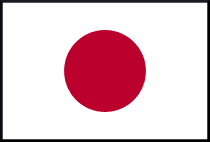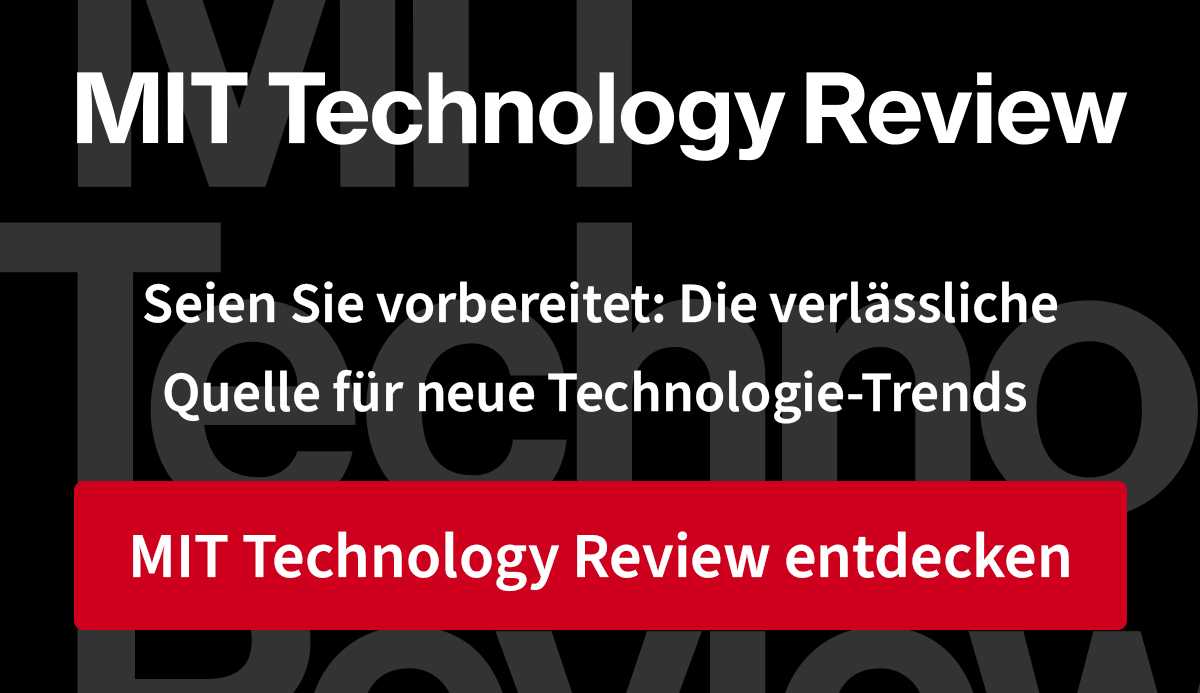Some of Ikuo Yamamoto’s underwater robots have already attracted worldwide attention, for example his lifelike fish replicas. Now the professor from the University of Nagasaki has dedicated himself to one of the biggest problems for maritime life: the elimination of plastic in the oceans.
Last year, his team unveiled a submersible robotic system that works with an autonomous shipborne robot (ASV) and a remotely operated underwater robot (ROV) to scan the water surface, the water itself, and the seabed for debris.
Dispose of marine litter automatically
‘Through this integration of the newly developed ASV and ROV, we have developed a marine robot that can examine marine debris more efficiently than ever before,’ the team explained the significance of their development, which is now in testing. However, the actual goal is higher: Yamamoto wants to contribute to the development of a system that automates the disposal of marine waste.

Japan has always tried everything possible with electronics – and often the impossible. Every Thursday our author Martin Kölling reports on the latest trends from Tokyo.
More articles on “Post from Japan”
Plastic waste has long been a plague of the seas. It’s not just about the masses of bags, bottles and other materials floating on the sea surface or under water. Fish ingest the polymers, either whole or finely ground into microparticles, accumulating plastic in the food chain.

In addition, much of the garbage sinks to the seabed. According to the World Wildlife Fund, 80 million tons have already accumulated. Various projects around the world are therefore trying to solve the problem. Professor Yamamoto has been in charge of one of the most ambitious Japanese projects since 2019: the “Project Ikkaku” (Project Narwhal).
According to the organizers, this is a “hyper-interdisciplinary” attempt to comprehensively tackle the challenge of marine litter with three teams. The “debris watchers” develop techniques to track down the harmful flotsam. Team 2 is developing autonomous systems that can collect and recycle even microplastics. Team 3 is looking for ideas to make products out of the garbage that also make people emotionally aware of the problem.
Searching the seabed with diving robots
Yamamoto is the vice chief of the first working group. One shortcoming has been that the search for clues has to take place from the air with satellites or drones or at sea with ships. With diving robots, the search can also be extended more cost-effectively to the seabed.
Yamamoto’s laboratory has therefore further developed previous submersible robots for underwater inspections for the new task. The first result is a system consisting of two vehicles. The main device, the mother ship so to speak, is about 1.40 meters long, 1.1 meters wide, weighs 30 kilograms and floats on the surface.
It not only serves as the starting position for a remote-controlled diving robot, but can also monitor the sea surface with a swiveling camera. With the mini submarine, the maritime garbage men and women can then search the waters, reefs and the ground for plastic in real time.
Future robots should also take water samples
The system can also be used for other underwater inspections, for example of bridge piers, floating wind turbines or docks. As a next step, Yamamoto wants to develop a robot that automatically collects water samples. Yamamoto is confident in his ideas.
These sea litter robots could take accurate pictures of the amount and location of litter even along a complicated coastline that is difficult for humans to access, he told Japanese media. “Through government, industry and academia working together, we want to show the world the effectiveness of these robots and popularize them.”
(jle)

